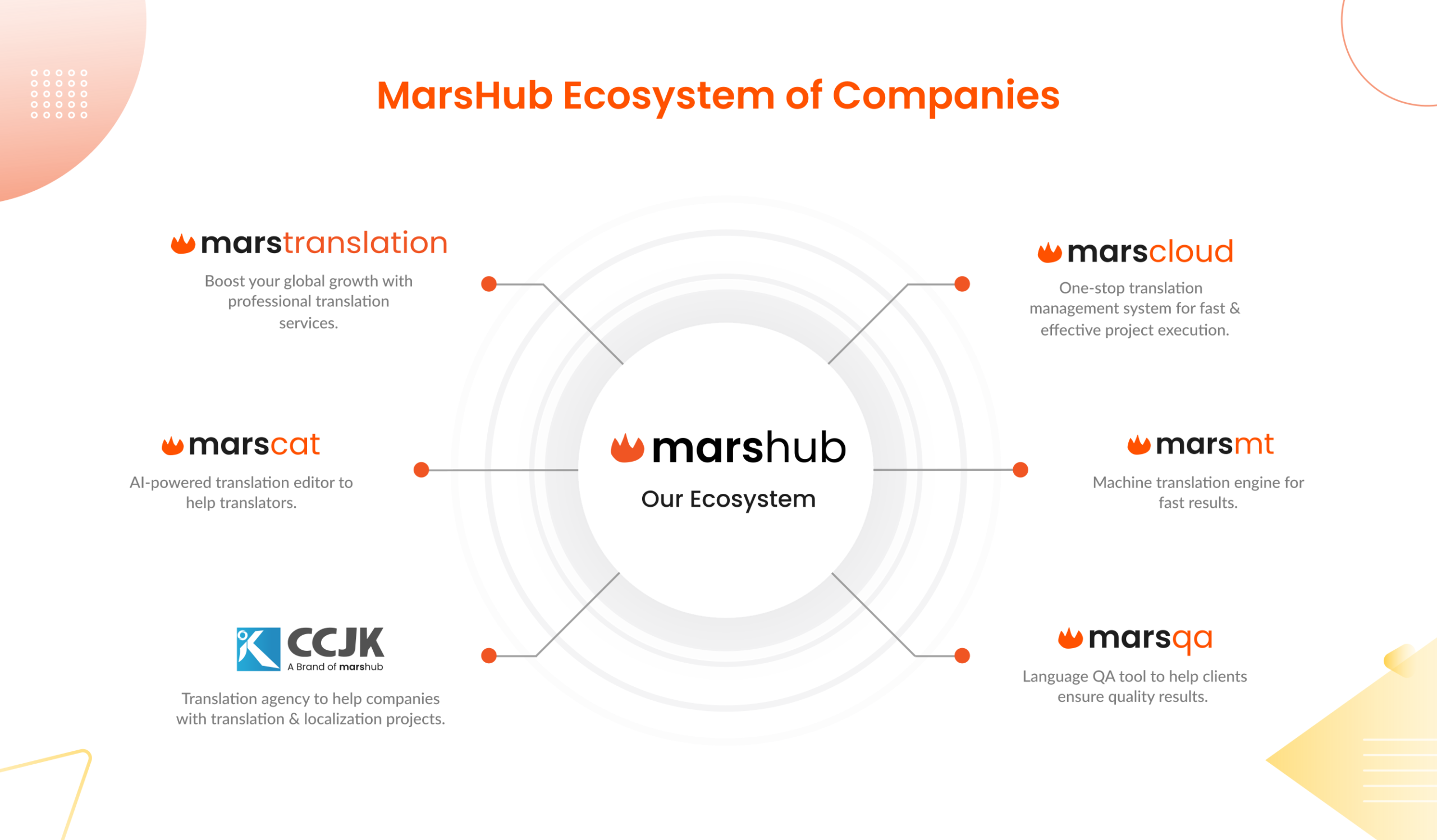Taking your brand to new markets means your content translation needs are going to increase significantly. And it will keep growing rapidly as you expand your market share in the region. To cope with the growing translation needs you must have the right system in place. Translation management systems are in high demand these days because of their ability to make your localization process effortless and smooth.
This is the age of the internet, where people like to buy stuff online. Businesses need to maintain a multilingual brand presence to connect with diversified audiences. Localization can be complicated, and the only way to relieve your burden is to bring in some innovative technology that would help you achieve desirable results without putting in so much effort. Here, in this article, we’ll discuss why businesses should have a translation management system, and how this can support their localization journey.
6 Reasons Why Global Businesses Need a Translation Management System
Customers buying behaviors have changed so much after the pandemic hit the world. More people are shifting to online shopping. Increasing trends in online shopping bring about new opportunities for businesses to capture foreign markets more cost-effectively. Localization has become significant to gain the attention of maximum customers and make them buy from you. Using translation management systems businesses can get away with their daily localization operations more conveniently. Following are some key reasons why you, as a global business, should get your hands on a professional TMS.
1. Automated Translations
Most TMSs these days include automated machine translation tools that allow them to generate quick translations without any human intervention. These systems use smart algorithms that help them create relevant and accurate translations in the quickest turnaround time. For businesses that are targeting multiple regions at once, it is important to have MT tools to manage their everyday translation needs.
It may not be feasible for all businesses to hire professional translators to translate brand content into multiple languages. Human translation is way more expensive and time-consuming than machine translation. Having a TMS with machine translation tools can help global businesses manage high volumes of translations regularly.
2. Simplified Translation Management
The translation is management is quite complicated when you are using traditional methods. Most of the work is manual, which makes translation management slow and error-prone. TMS tools allow you to automate your translation operations and streamline the everyday translation workflow. More automation means your localization operations will not completely rely on employees. It reduces complications and improves clarity, and there will be more room for creativity. Everything is well-organized with TMS, which speeds up the overall translation management process.
3. Easy File Handling
With TMS, you can smoothly manage your translation files that are easy to access and retrieve. In a translation system, all of your translation files are stored at a centralized place, from where all authorized localization team members can access the files. The interactive interface of these systems allows you to find the required file faster in just a few clicks. Moreover, whenever any changes are made to the translation files, it is automatically updated in the system. Everyone can have access to only the latest version of the translation files.
In traditional file management, it is common to have issues related to redundant data and files. TMS tools don’t allow any redundant data and keep only one version of the file accessible to everyone. Whenever the TMS system detects any duplicate file, it is deleted automatically, and only the most updated version of the file is kept.
4. Better Quality Translations
We know that maintaining the quality of translations is a challenging task, especially when you have your translators working on multiple projects simultaneously. Excessive workload on translators as your translation needs lead to gaps in quality. There will be frequent typos and grammatical errors in the content. It means every translation file requires multiple edits. In the case of TMS, as all of your translations are done by MT tools, the chances of errors are significantly reduced. Moreover, TMSs also contain QA tools that test the quality of translations and remove all the errors detected in the content. So, professional translators have to spend less time on proofreading and editing stuff.
5. Higher Transparency
To make your localization project successful, it is important to have a sense of control throughout the project management. Project managers should be able to see the progress of a project anytime they want. It would give them more clarity over things, and they can better decide what needs to be done in a particular area. Cloud-based TMS gives you more flexibility and convenience while doing modifications and brings any sort of change at any level. So, companies should use TMS systems to achieve transparency over localization projects and carry out things in a more systematic and informed manner.
6. Improved Team Collaboration
TMS tools fill the communication gaps between localization teams by allowing them to collaborate in real time. Companies that have to deal with freelance and remote employees, must use a cloud-based TMS that would enable effective collaboration in localization teams both in-house and remote. There will be no need to send emails any time there is an update or query. You can directly message the concerned person on TMS. Moreover, all the team members are informed and notified, whenever there is an update made to a translation file.
How Does A Translation Management System Work?

Understanding the workings of TMS is essential to know why TMSs are better than traditional translation management when it comes to workflow, speed, and efficiency. When it comes to MT translations, there are powerful AI algorithms that allow the system to generate high-quality and quick translations. The following are some important features of a TMS that make it a valuable resource for your localization project management.
1. Translation Memory
The translation memory in your TMS saves all the approved translations done previously and uses them as references to create new ones. The more you use the system, the better it gets at understanding your brand tone and creating more relevant translations.
2. Brand Glossary
Glossaries are also provided as a brand vocabulary, which contains all brand terminologies and definitions. This tool allows you to keep your brand tone consistent throughout the localization project.
3. QA tool
There is a built-in QA tool in every TMS, which makes sure that your translated content is error-free. It uplifts the overall quality of your content and makes it much easier for the proofreader to finalize the translation documents.
4. Cloud technology
Cloud technology enhances the overall flexibility, transparency, and overall portability of the system. It is accessible to all team members regardless of their locations.
Wrapping Up!
A professional TMS is an all-in-one tool that a global company can use to manage its day-to-day translation and localization tasks faster and more effectively. These systems use the latest technology and AI-powered algorithms to bring more speed and efficiency to your localization operations. TMSs can significantly help you manage your daily content needs. Make sure to choose a professional service provider to buy your TMS. You can customize the features of your TMS as per your unique needs.



